An Introduction to Artificial Intelligence
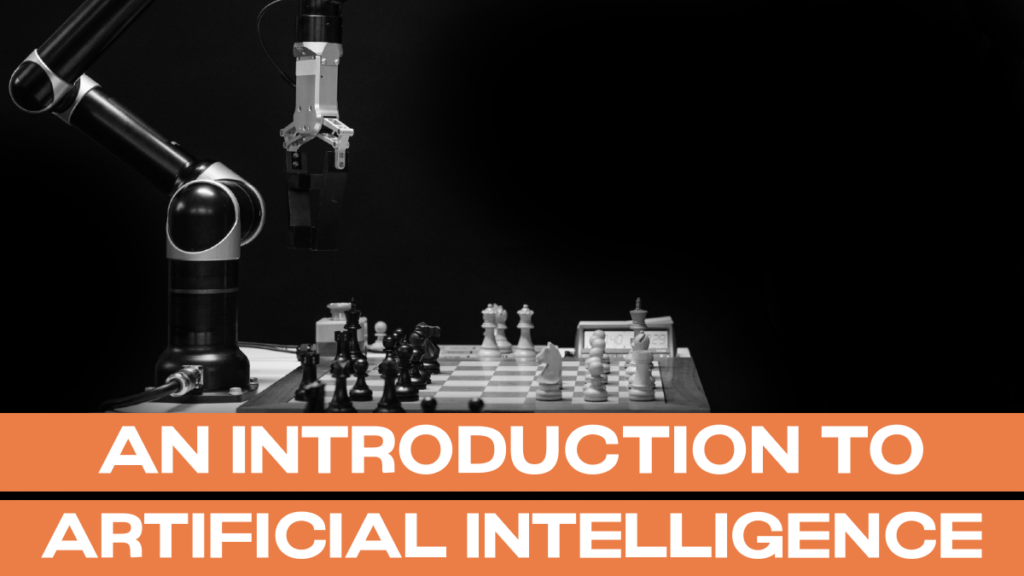
These days AI is all over the IT place. But how does it work? And how can you create Artificial Intelligence yourself?
In this article, I will explain everything you need to know to get started with AI.
AI History
Humans have thought about bringing things to life since ancient times. But especially with the invention of computers the idea of thinking machines began to take shape.
Most famously, in 1950, Alan Turing invented the Turing test to evaluate whether a machine is intelligent or not.
The term Artificial Intelligence was first referenced in 1956 at a conference at Dartmouth College.
An important invention in 1967 was the nearest neighbor algorithm, which is important for object classification and pattern recognition.
The first autonomous cart was developed in 1979. It was called Stanford Cart and could detect and dodge walls.
In 1985 the AI NETtalk was invented. It used Deep Learning to learn how to talk.
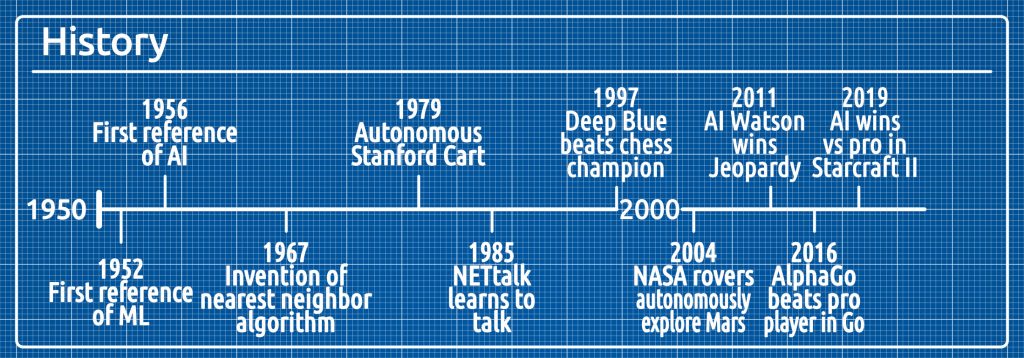
In 1997 AI really started to take off. IBM’s Deep Blue super computer managed to defeat the then world chess champion Garry Kasparov.
NASA developed the self driving exploration rovers Spirit and Opportunity, that drove autonomously on the surface of Mars in 2004.
In 2011 an AI named Watson beat a human in the “Jeopary!” game show.
Google’s AlphaGo beat a pro player in Go in 2016. Go is considered far more complex than chess and calculation power is not the only thing required for success.
In 2019 an AI even defeated a professional player in Starcraft II.
Today AI is everywhere. It solved the protein folding problem and even learned to create art or write code.
Important terms
Here is an overview of the most important terms related to AI.
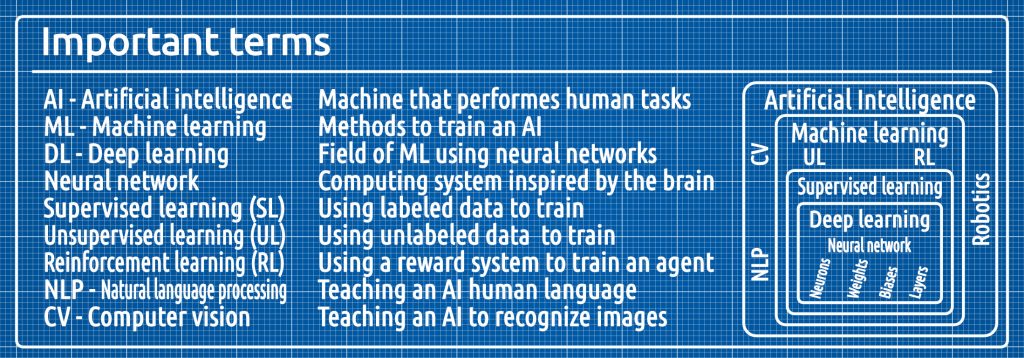
The field AI is vast. It covers things like computer vision, natural language processing, robotics and automation just to name a few.
An important part of AI is Machine learning. It is a collection of methods and algorithms that allow a computer to learn. These methods can be split into three classes:
Supervised learning, unsupervised learning and reinforcement learning.
In supervised learning the AI uses labeled data to train. This is not the case for unsupervised learning. Reinforcement learning is a way to train a virtual agent. The agent gets a reward whenever it does what it is supposed to do. This encourages the desired behaviour.
Neural networks
A specific Method of supervised learning is deep learning. Deep learning is the process of training a so called neural network. The network consists of countless nodes (neurons). They are connected with a specific weight and are stacked in layers with a so called bias.
To calculate the value of one neuron from the previous neuron, you multiply the value of the previous neuron by the weight between the neurons and add the bias.
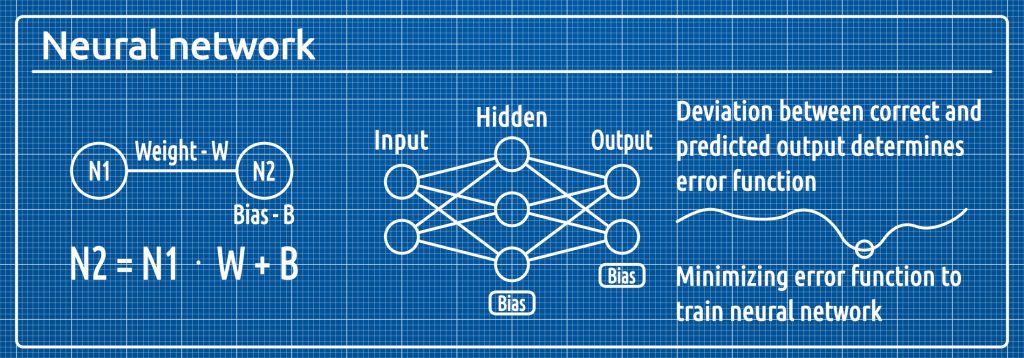
To train the network, you need to write the labeled training data to the input layer. The network propagates the data through a variable amount of hidden layers according to the weights and biases.
Finally the data reaches the output layer. The output neuron with the highest value is the prediction of the network. Depending on whether the prediction is correct or not, the AI adjusts all the individual weights and biases. That way the predictions become more and more accurate, which means that the network is learning.
Check out our YouTube video to see an example and train your own AI.
AI applications
Let’s have a look at some applications of AI. One could argue that Artificial Intelligence can do anything, given enough time and computing power.

AI can recognize images and understand human language. We all know things like Alexa or Siri.
If you want to build your own AI, especially for home automation, computer vision or natural lanugage processing then we’ve got something special for you.
Our new AIY Maker Kit includes everything that you need for your Machine Learning projects.
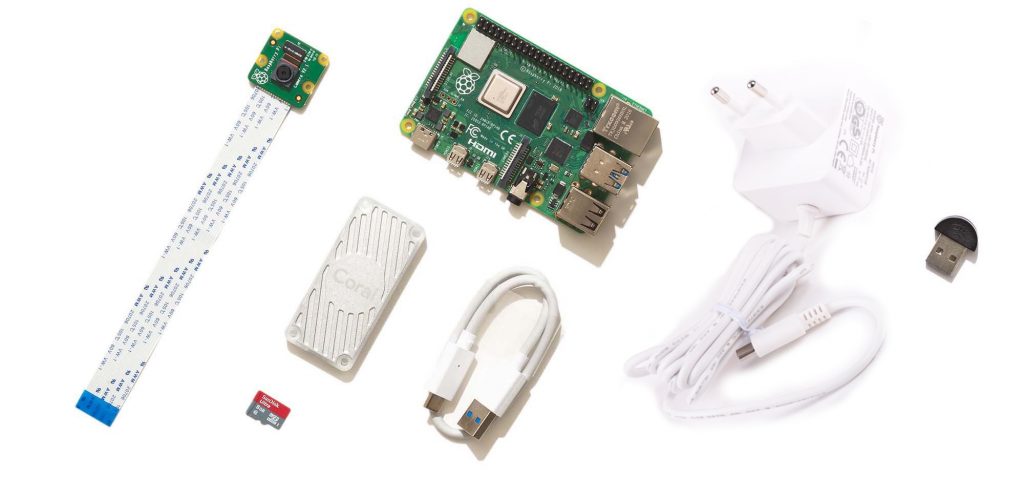
The combined power of the Raspberry Pi 4 with 8 GB RAM and the Google Coral USB Accelerator means that you can build whatever you like. Think of an automatic doggy door or your own home assistant. You can build a lock with face detection or a realtime translation device.
[…] Meanwhile, if you’re interested in reading up more on deep learning, my colleague Nathan has written a great post all about it here. […]
[…] If you’re interested in AI, you can check out our Introduction to Artificial Intelligence. […]
[…] In case you’re drawn to AI, you can also overview out our Introduction to Artificial Intelligence. […]